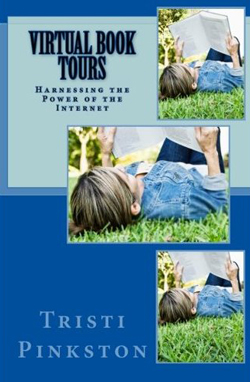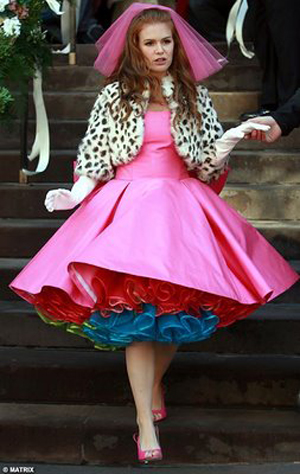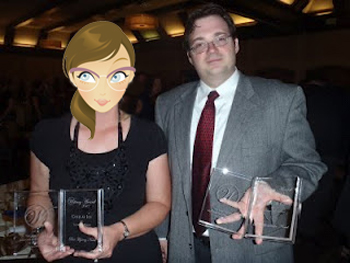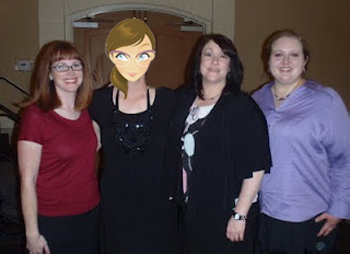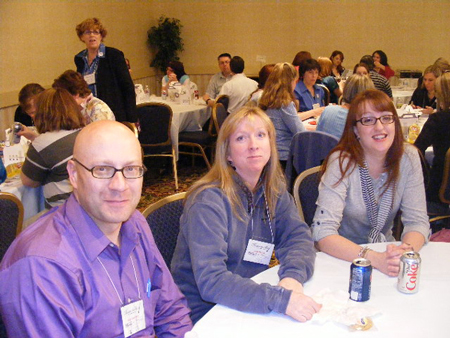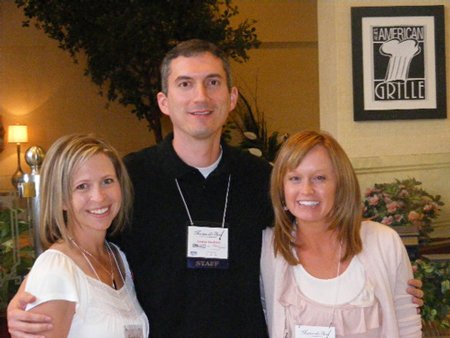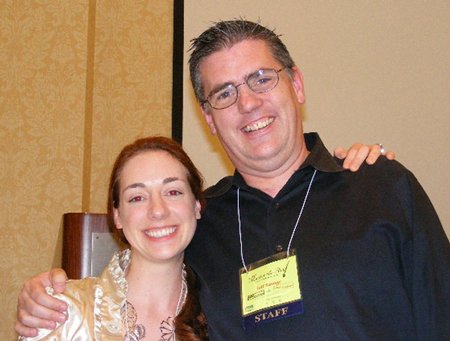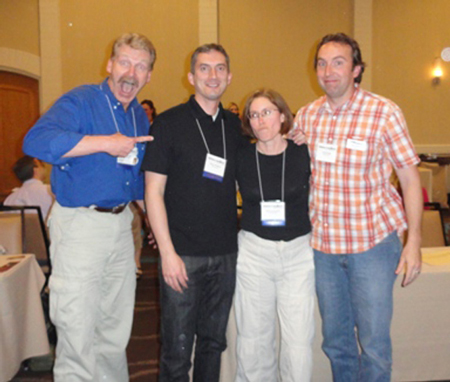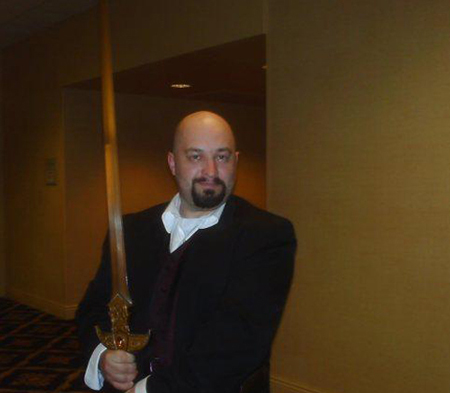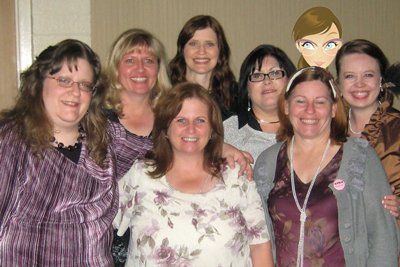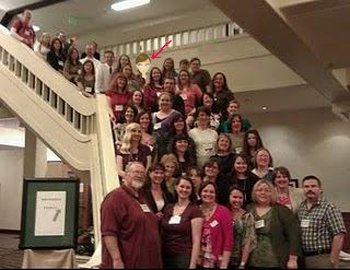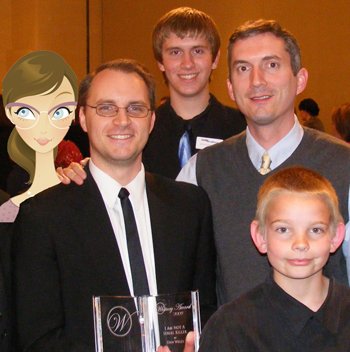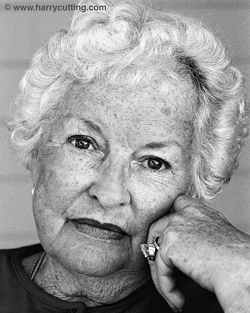Over the course of the last few years, I’ve set up several virtual book tours for authors who are seeking to expand their publicity on the Internet. The concept of virtual touring is fairly new in our market. Publishers or authors send out copies of their books to bloggers who have agreed to read and review those books on a certain date, and then the links are gathered up and posted at a single location. People who want to read the reviews can follow along with the tour and get a good sampling of opinions from several different sources.
I’m frequently asked by bloggers what they can do to make their sites more attractive to the book-buying reader, and how they can increase the likelihood that they will be chosen to host book tours. I’ve put together a few thoughts.
1. Make your blog more visible. The more visible your blog, the more useful it is on a virtual book tour. The purpose of the tour is to expose the name of the book to as many people as possible, but if you only have five followers and you only get ten hits a week, that doesn’t propel the book forward in a meaningful way. You should work to increase your following. One of the easiest ways I’ve found to do this is to visit other blogs and leave friendly comments. The blogger you visit will most likely return your visit, and if they like what they see on your blog, they are likely to come back. (More on this in under Item #2.) In addition, readers who follow that blog will see your name, become curious as to who you are, and follow you back to your blog. Going blog-hopping, as I call it, isn’t just a good way to spread the word about your blog, but it’s a great way to make new friends. I have several good friends I met through blogging that I know in no other way. I was just hopping around one day, ran into them, we hit it off, and have been friends ever since.
One quick note about leaving comments on other blogs. Don’t leave comments like, “Hi, come visit my blog.” That’s not showing respect for the other blogger. You want them to visit you because you have said something of value. You’re not looking for addresses for a mass-mailing—you’re looking for bloggers with interests similar to yours. Be respectful of their time and their blog. That is the basis of a good blog relationship.
2. Make Your Blog Interesting. This sounds like a no-brainer, but your blog needs to be interesting. Blog about several different topics, or, if you specialize, blog about several different aspects of your chosen topic. Include interesting links. Post visually interesting pictures. Perhaps most importantly, post regularly. If you only post once a month, you’re not keeping up the momentum you need in order to create and maintain traffic.
The more you comment and the more you blog, the more visible you become on the Internet. Your name will climb higher on the search engine lists, and that in turn will bring you more readers. It’s like a snowball rolling down the mountain, growing larger as it goes.
3. Make Yourself Accessible. When you set up your blog, make sure that your e-mail address is visible to your readers, and also that when someone clicks on your comment, your blog information comes up. I’ve had several interesting comments left on my blog and I’ve wanted to go see who left them and pay them a return visit, but their profiles are blocked and I can’t. I know that sometimes, people keep that information to themselves out of concern for their privacy, but you can set up your blog with an e-mail address created just for that purpose, and you can set up your profile to be vague as to your location, etc. But it’s crucial that people be able to find you and communicate with you if you’re interested in being a book tour host.
4. Provide Good Reviews. I don’t mean that all your reviews need to be glowing. When I say “good reviews,” I mean, be thoughtful in your evaluation. Give your readers more than just, “I liked this book a lot.” Explain why you liked it and how it made you feel. If there were parts of the book that didn’t work for you, explain why. A good book reviewer shares all their opinions, positive and negative. However, a good book reviewer will phrase their objections constructively. Rather than saying, “This author should be shot before being allowed to publish another book,” say, “The dialogue was poorly constructed and I would have liked to see more character development.” Constructive criticism goes a long way toward helping the author learn and grow. Raking them over the coals doesn’t help anyone—it just makes you look like a big meany. And, if the book is so terrible that you can’t even think of a polite way to state your objections, there is no harm in contacting the publisher or author and explaining that you’d rather pass on the review.
In summary, as you increase your name recognition and bring more readers to your blog, as you provide interesting content overall and make a special commitment to writing good book reviews, you make yourself a perfect host for virtual book tours.
After several years as a professional virtual book tour coordinator, Tristi has retired, but she’s sharing all her secrets with you in her new book, Virtual Book Tours: Harnessing the Power of the Internet.
Tristi Pinkston is the author of nine published books, including the Secret Sisters mystery series. In addition to being a prolific author, Tristi also provides a variety of author services, including editing and online writing instruction. You can visit her at www.tristipinkston.blogspot.com or her website at www.tristipinkston.com.

